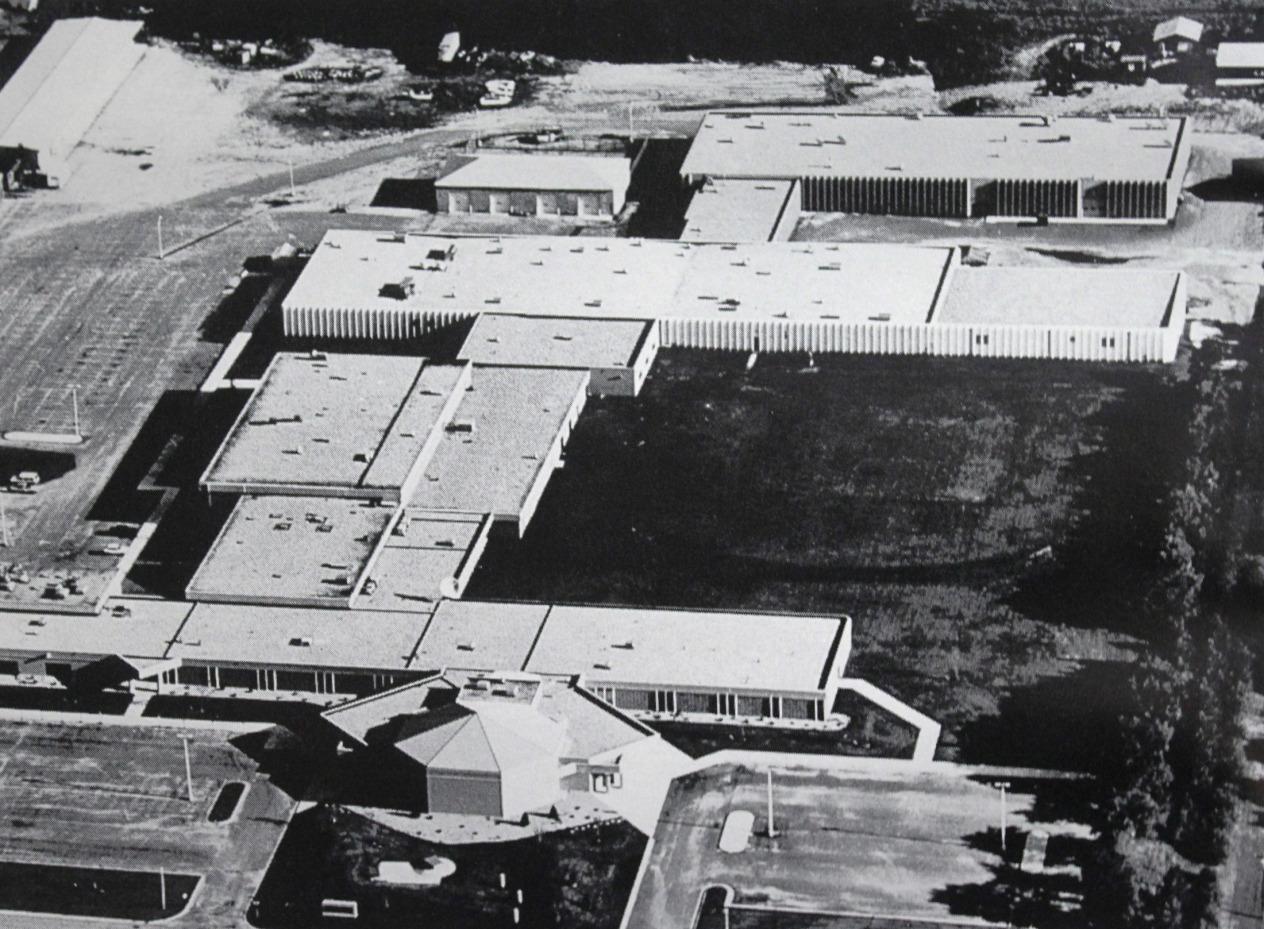Title
Course Descriptions
Body
Sections
Filters
Credits:
3 (1/2/0)
This course covers drive axles, drive shafts, front and rear wheel bearings and analysis of vehicle noise vibration and harshness. Theory, service skills and diagnosis are covered on bench and in-vehicle units. Drive line phasing, alignment and balance are covered.
Credits:
3 (2/1/0)
This is a continuation of Alignment and Suspension I. The student will perform repairs and adjustments pertaining to wheel alignments and work with electrical sensors and controls affecting a vehicle's stability control. Diagnostics and repair of steering columns and supplemental restraints also will be covered.
Credits:
3 (1/2/0)
This course teaches diagnosis and repair of interior and exterior lighting, safety devices, comfort systems, and door, window and seat control systems. The student will use wiring diagrams to pinpoint body electrical concerns. Window, door and seat control service will be performed, and common vehicle accessories will be addressed.
Credits:
2 (1/1/0)
This course focuses on computer-controlled body components and safety systems. Diagnostics will involve the use of scan tools, multimeters and lab scopes applied to a variety of body controlled devices. Students will learn how controllers communicate with each other through bussed circuits.
Credits:
3 (2/1/0)
This course will cover the various emission devices used on an automobile as well as the fuel delivery to maintain an efficient operating engine. Items covered will be positive crankcase ventilation systems, exhaust gas recirculation systems, air injection systems, evaporative systems, catalytic converters and fuel injection controls. Students will diagnose and repair problems using a variety of equipment on project vehicles.
Credits:
3 (2/1/0)
This course is an introduction to vehicle computer systems and related components that assist in the management of engine fuel, ignition and emission systems. Sensor inputs, management operation and operational commands are addressed.
Credits:
3 (1/2/0)
Students in this course will study the many electronic control systems used on today's passenger cars and light trucks. Second-generation on-board diagnostic strategies will be covered for ignition, fuel and emissions systems. The course will also incorporate hybrid technology, high-pressure gas fuel injection and diesel injection operation and testing.
Credits:
3 (2/1/0)
This course will cover the operation of ignition systems. Students will learn how various ignition systems work so they will have the understanding to diagnose and repair ignition problems.
Credits:
3 (2/1/0)
This class is a continuation of AMST 1105 Brakes I. Students will look at a progression of anti-lock brake, traction control and electronic stability control systems and manufacturer variations of these systems. Students will perform scan tool diagnostics, circuit analysis, circuit repair and bleeding procedures involving anti-lock brake systems. Student will perform on-car operations with brake part replacement, machining of drums and rotors, and hydraulics.
Credits:
3 (2/1/0)
This course involves the principles of the multiple systems combined into an automatic transmission. The student will understand planetary gearing, clutch operation, band application and one-way clutching as they pertain to power flow through the transmission. The student will disassemble and make necessary adjustments and repairs on a variety of transmissions. The student will perform transmission fluid and filter changes where applicable.
Credits:
3 (1/2/0)
The student will practice many of the procedures used in transmission diagnosis, vehicle repair sequences, scan tool data interpretation and diagnosis, and transmission removal, installation and adjustment. Transmission cooling system diagnosis and service are also covered.
Credits:
3 (1/2/0)
This course teaches the principles of heating, air conditioning and ventilation systems. Types and designs, component variations, diagnosis, testing and repair are studied and practiced on functioning units. System performance, recovery, evacuation and recharging are also covered in depth.
Credits:
3 (3/0/0)
Meets MnTC Goal Areas 5 and 8. This course is a survey of human nature through time and around the world. It examines the physical nature of our species, archaeology, the study of cultural behavior and linguistic studies.
Credits:
3 (3/0/0)
This course meets MnTC Goal Areas 5 and 8. This course is designed to provide students with an introduction to the relationship between culture and health, fundamental principles and topics in global health, determinants of health, the identification of critical global health challenges, measures of the global burden of disease, health systems, international public health organizations, and the application of cultural diversity concepts to health promotion.
Credits:
3 (3/0/0)
This course meets MnTC Goal Area(s) 8 and 10. Using an anthropological approach, students will identify and analyze environmental influences on health. Health concerns related to residential, occupational and other environments are explored. Problems pertaining to air, water, food safety, solid waste, housing, land use, toxic waste and sanitation will be addressed through a cultural lens to allow students to understand environmental health from a global perspective.
